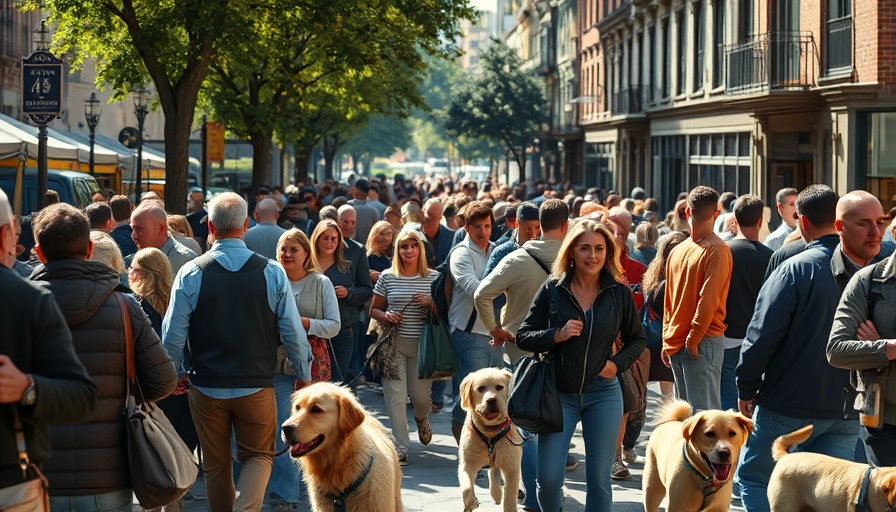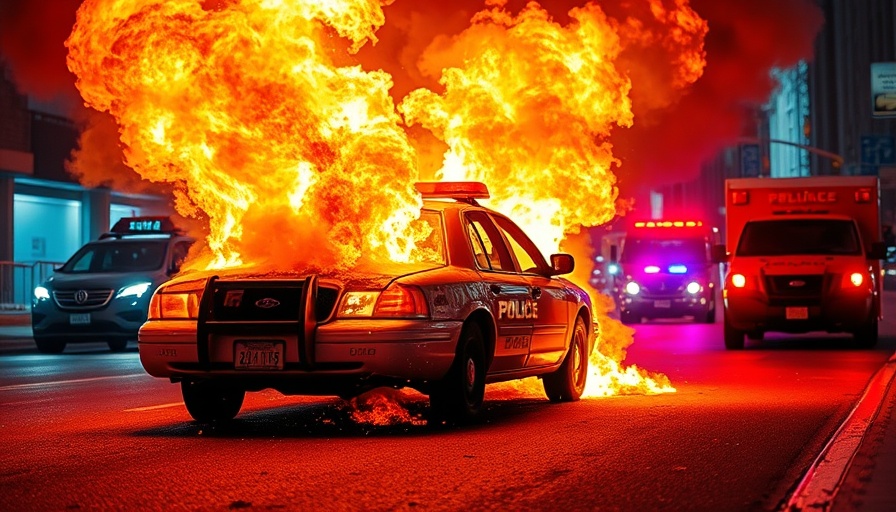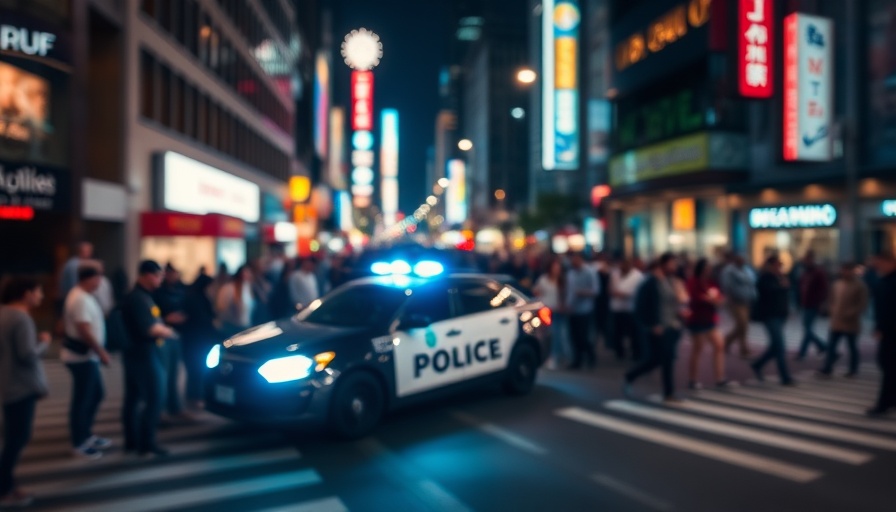
Understanding the Disproportionate Treatment of Black Celebrities
Recently, the Nebraska community has been stirred by the encounter between celebrated boxer Terence "Bud" Crawford and police, where he was held at gunpoint shortly after a parade honoring him. The case ignites not only racial tensions but also raises questions about the treatment of prominent Black figures in society. Chief Tobb Schmaderer acknowledged the disproportionate force used against Black individuals, affirming that Crawford's experience reflects broader issues within law enforcement.
A Community on Edge: The Impacts of Racial Disparities
Community sentiment around this incident reflects a broader unease among Omaha's residents, particularly in the Black community. State Senator Terrell McKinney commented on the situation, urging the public to persistently advocate for change in a system he believes is inequitable. This incident comes at a time when the national conversation around policing and racial equality is more relevant than ever. According to a 2022 report from the U.S. Bureau of Justice Statistics, racial minorities are disproportionately targeted by police action. In today's America, instances like Crawford's trouble many, but they also catalyze conversations about justice reform and equity.
Reflecting on Our Society: Why This Matters
The Chicago-born champion boxer has become a beacon of hope for many — a figure representing success and resilience. His treatment by law enforcement can evoke feelings of anger and frustration, highlighting the ongoing struggle for fair treatment. While Chief Schmader claims no department rules were broken during the stop, many feel that a national examination of policing methods is long overdue. Flesh-and-blood stories like that of Crawford are crucial for understanding the personal impact of systemic issues, urging communities to demand change.
This incident serves as a confrontation with the realities of race and policing, raising awareness of how deeply these issues resonate in local narratives. As communities reflect on Crawford’s experience, they must remain vigilant in striving for equity and justice for all citizens. Awareness is a catalyst for change; through collective conversations and actions, there's potential for progress.
 Add Row
Add Row  Add
Add 




Write A Comment